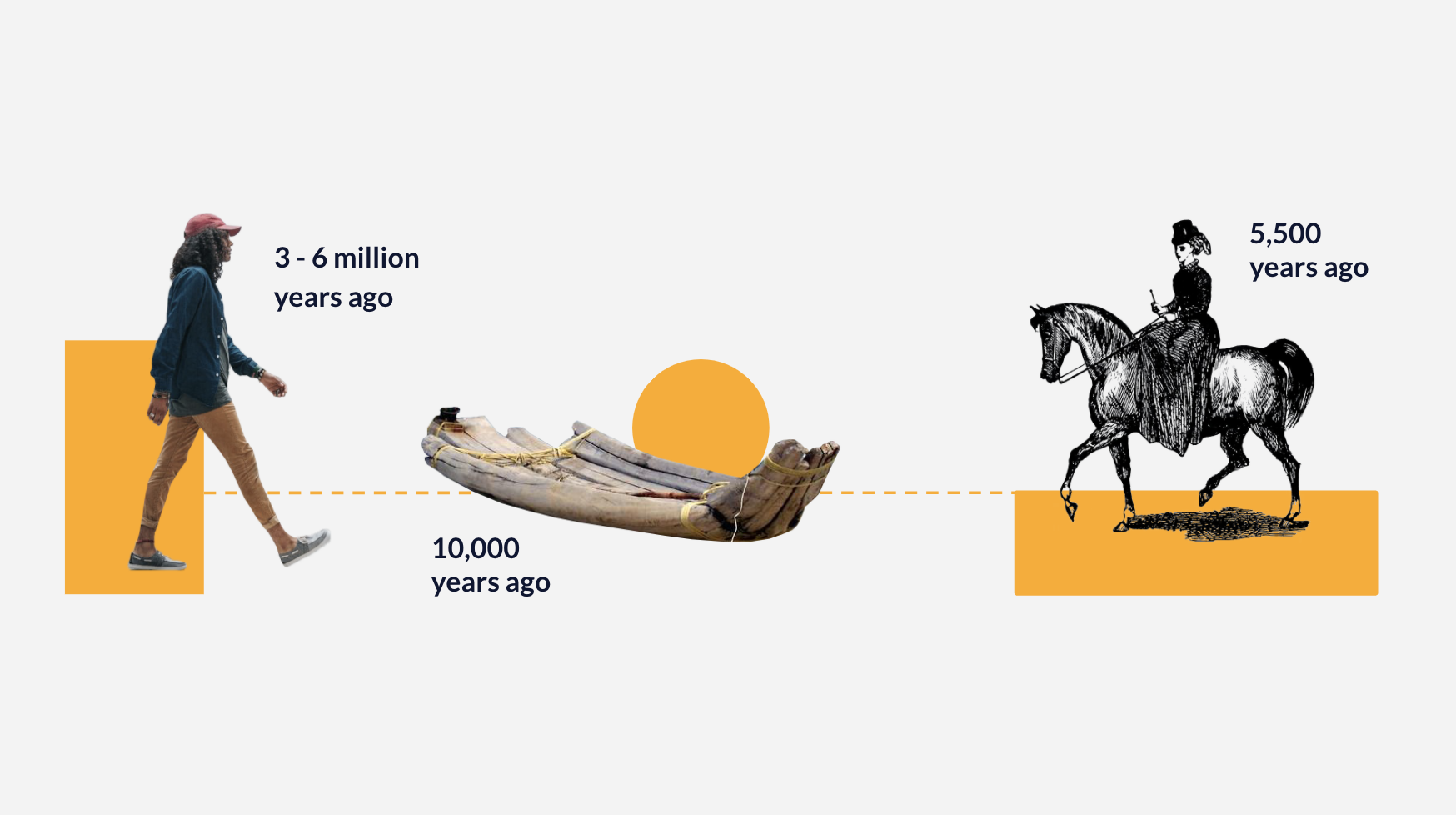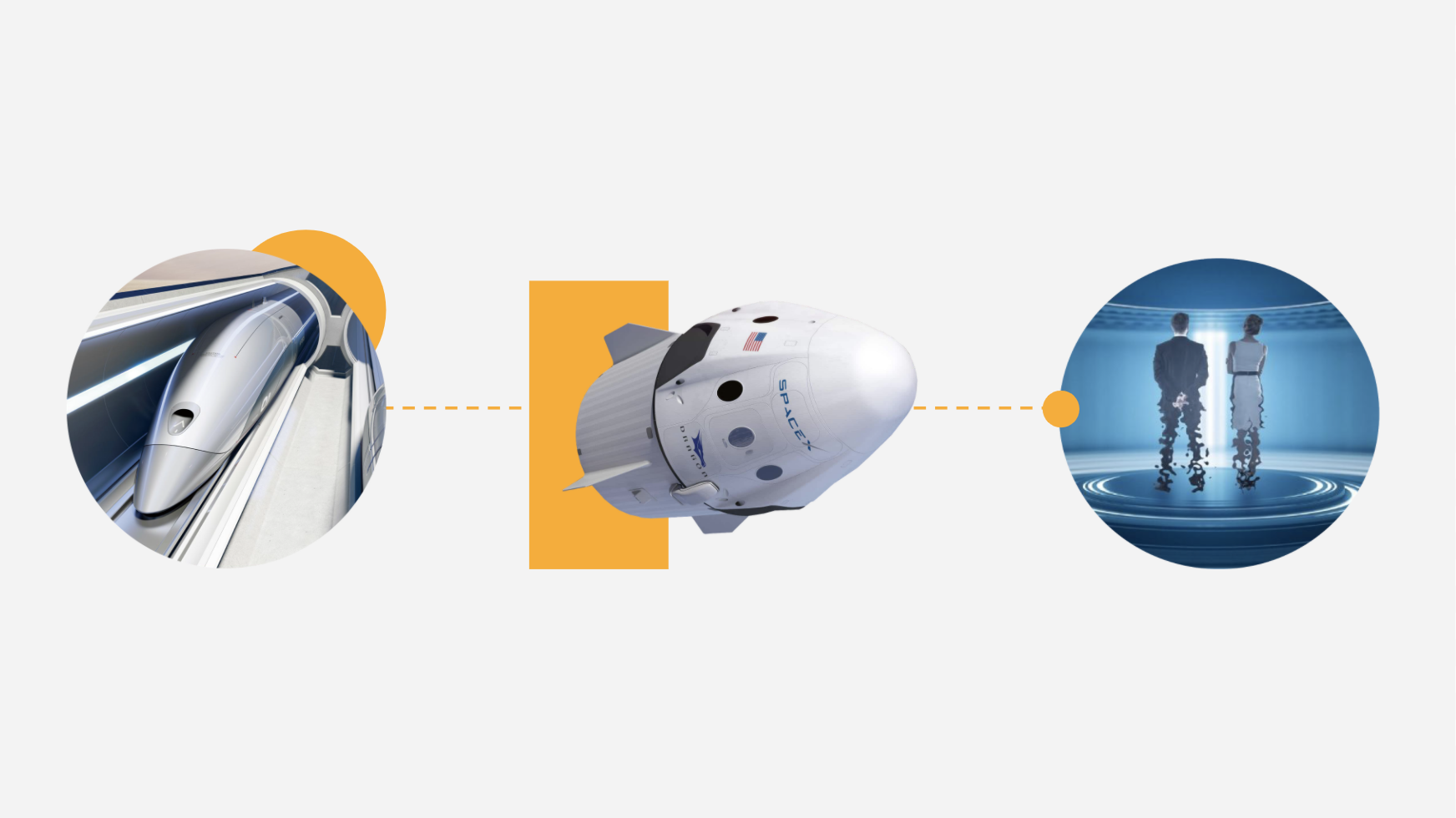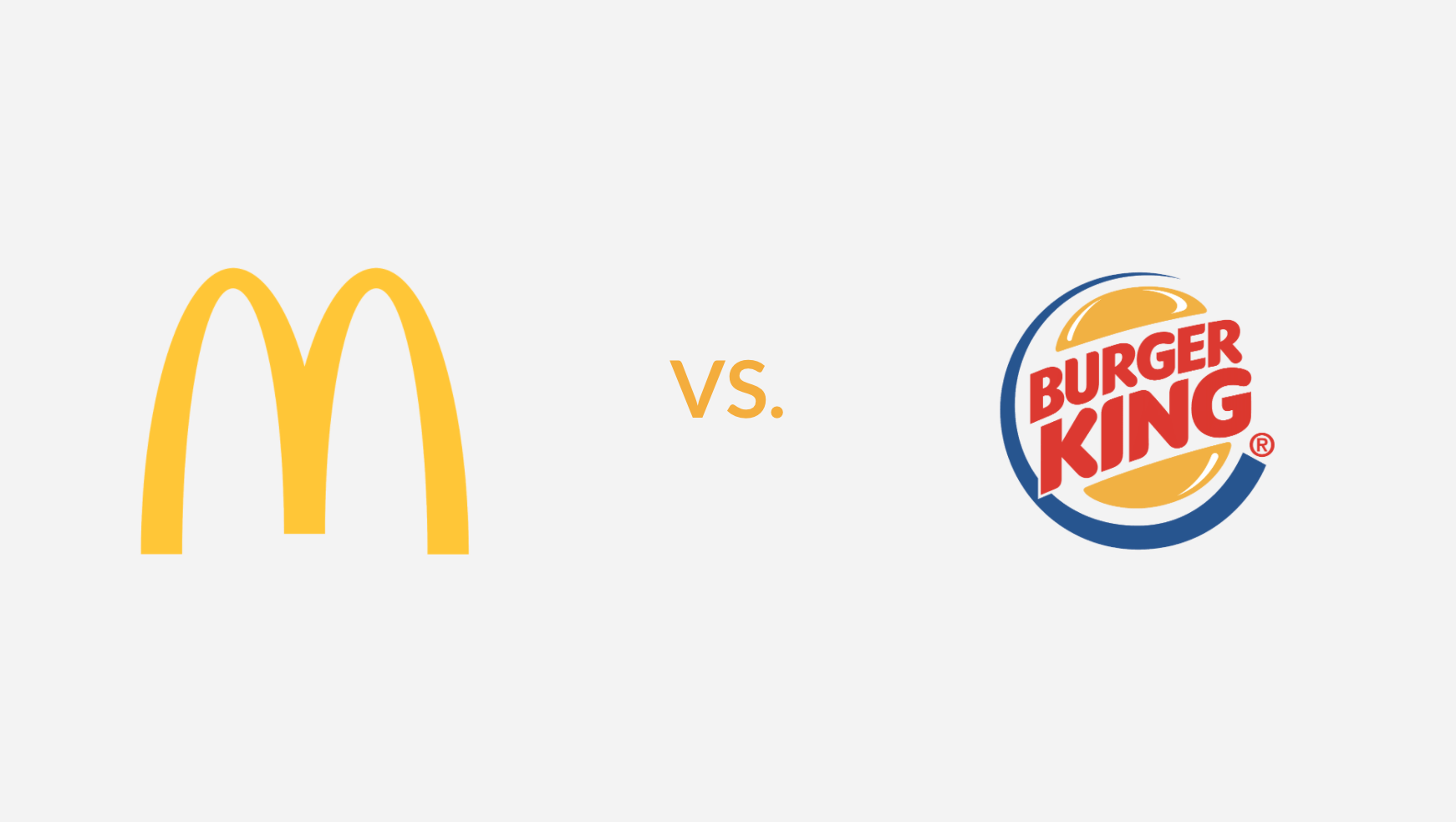Using Jobs to Be Done to build and market better products
Albert Einstein has been quoted as saying: “If I had an hour to solve a problem, I’d spend 55 minutes thinking about the problem and 5 minutes thinking about the solution.” Understanding the problem is the basis for Jobs to Be Done, an innovation theory for developing product. And this framework has been proven to spur innovation for mature products, turn the tables on real competition, help underdogs disrupt saturated markets, and understand true buyer motivations.
“If I had an hour to solve a problem, I’d spend 55 minutes thinking about the problem and 5 minutes thinking about solutions.”
Olivine Workshops: Jobs to Be Done
If video is your preferred mode of learning, check out my talk on Jobs To Be Done.
What is Jobs to Be Done?
Jobs To Be Done (JTBD) is a theory for understanding what motivates customers to buy your product. The output of JTBD research is the “Job Story” which defines a person’s situation, motivation, and desired outcome (aka their job to be done).
JTBD theory was originally used to develop and design better products. But more recently companies, like Intercom and Basecamp, have begun to use it in their product marketing to refine their messaging to focus on what matters—solving their customers’ real problems.
People want their lives to be better. They have a vision of where they want to go. But there are obstacles in their path. Customers hire products to help them move forward—to make progress towards their vision of a better life.
Personas change, Jobs to Be Done don’t



As we age, our demographics—age, income, location, interests, taste (aka persona)—will likely change. For the most part, jobs we want to do remain the same but how we solve those jobs and our taste in products will evolve.
Let’s look at the age-old JTBD of getting from point A to point B. The job is always the same and the personas don’t matter, but the solutions evolve along with our interest in using them.
For example, a 20-year-old living in San Francisco is probably more inclined to using an electric skateboard than a 50-year-old in Boston.
So how to define Jobs to Be Done?
To begin to define Jobs to be Done, you simply list the situation, motivation, and outcome. Doing this well takes iteration and practice, and you’d be surprised how helpful it is once you get it down on paper. Once you have a hypothesis for your job stories, be sure to validate them by interviewing customers.
Here are 3 real world examples that will help you understand JTBD and start think differently about how you build and market products:
Innovating on an existing mature product: McDonald’s
McDonald’s wanted to increase its milkshake revenue. They ran focus groups, tried new toppings, and flavors, and spent a lot of time and money on their effort. The end result? Nothing changed.
It wasn’t until Clayton Christensen, a professor at Harvard Business School suggested trying a different approach. He was an early proponent of the Jobs to be Done theory of innovation and proposed that to sell more milkshakes, McDonald’s needed to understand the job the customer was hiring the milkshake to do. So, they dug into the data and found half of all milkshakes were actually purchased before 8:30 am. Crazy, right?
Armed with the new information, they specifically interviewed those purchasing shakes in the morning and found they were buying shakes to have something to eat during their commute. A shake offered convenience, it lasted the majority of, if not all of, their trip and was a satisfying treat.
Those insights led McDonald’s to make the shake-buying experience even more straightforward: they streamlined to 3 flavors, added protein and made the formula thicker, and set up an express register just for milkshakes in the morning. The end result now? They saw milkshake sales increase by 700%.
Finding your true competition
Continuing with the example above, if I asked who McDonald’s competition was in their milkshake battle, you’d probably say Burger King or Wendy’s. Those are both fair assumptions. They’re fast food restaurants and both serve shakes. However, another interesting thing they found is that their competition was actually other food. People were choosing between buying a banana, or granola bar, not a specific restaurant. Another great example of this is newspapers.
Without JTBD you may not realize that you are competing with entirely different things than the products made by other similar companies. Not only does JTBD open up your mind about who you’re competing with, it can help you see an opportunity in a crowded market of incumbents.
Entering a crowded market
You might’ve thought Yelp and Google Maps had the market cornered when it came to finding restaurants. But then along came The Infatuation.
If you haven’t heard of The Infatuation you’re missing out. They made their mark on the New York restaurant scene by creating situational dining guides. They didn’t want to unseat Yelp or Google Maps. The founders were constantly helping friends find the perfect restaurant to meet their future in-laws for the first time. Or letting people know where to sip margaritas on a rooftop bar for Cinco de Mayo.
Despite seeming similar at first glance, the reason all three apps can coexist successfully is because each serves a different purpose. Someone probably uses Google Maps to find a restaurant nearby—think dinner before a concert. Google Maps restaurant reviews are mostly location based.
Yelp tends to be useful when you’re looking for the best restaurant in a cuisine category—such as best hot pot in New York. Though Google Maps has a review section and Yelp has a map, they aren’t the primary product use cases.
But The Infatuation is for when you need to find a restaurant for a certain situation or occasion—for when cuisine and location don’t matter but the experience does. The whole theory of Jobs to Be Done (JTBD) is centered around that very idea.
A new perspective on product & marketing
Whether it’s restaurant reviews, milkshakes, or transportation, anytime we make a purchase we’re basically hiring that product or service to do a job. When you start viewing your offering through that lens, it can open up a whole new world for you.
Need help uncovering your product’s true jobs to be done and crafting messaging that sticks? Contact Olivine today and let’s take your product marketing to the next level.






